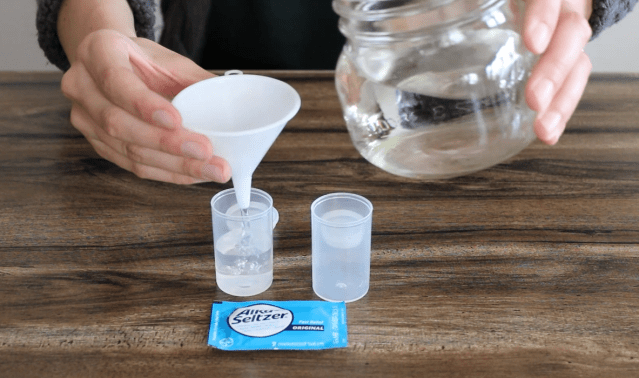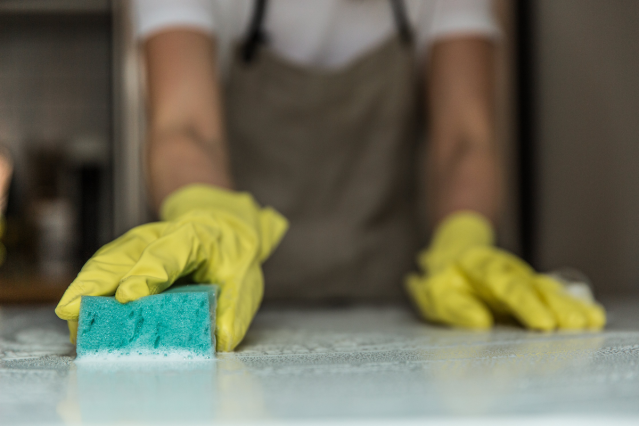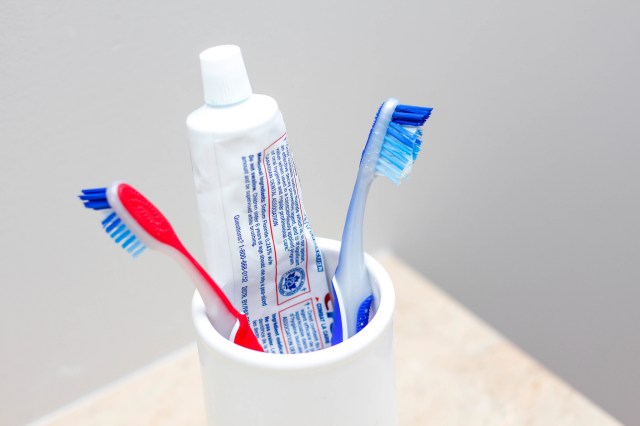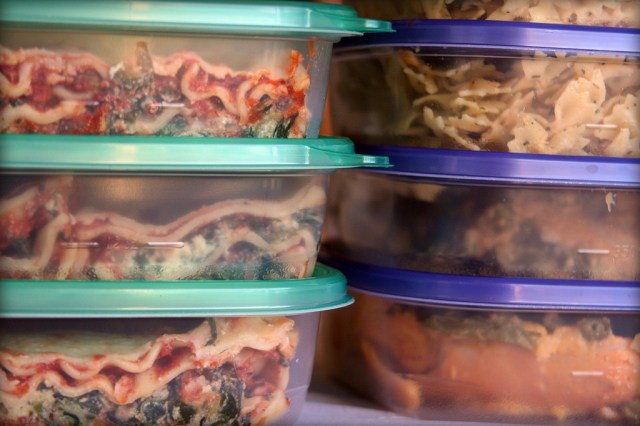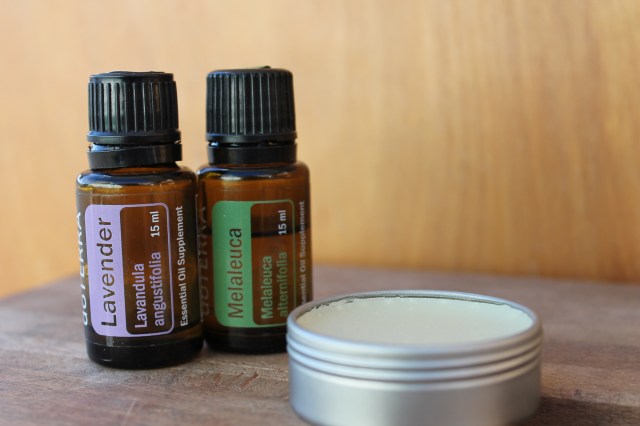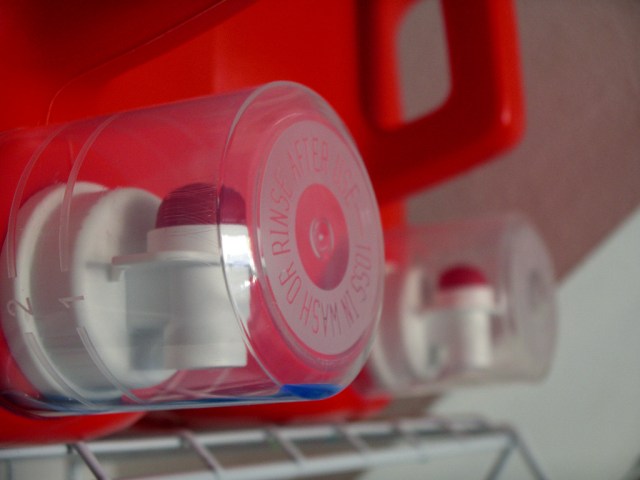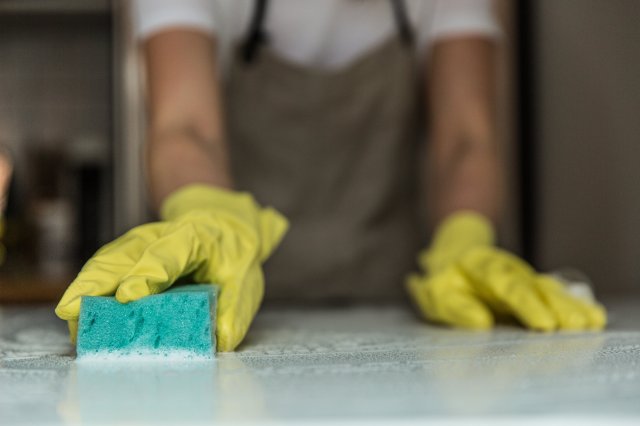Spring has arrived and warmer weather is here which means it’s time to get the kids outside and away from their screens. But what can we do to keep kids entertained while still learning and innovating?
Check out these stimulating and fun outdoor STEM activities that can be made with materials you have at home.
Tiny Rocket
This activity is out of this world.
Test different amounts of water and Alka-Seltzer and see how high your rocket can go! When you mix these effervescing tablets with water, a chemical reaction takes place between the citric acid and sodium bicarbonate contained in the tablet and the water. This chemical reaction creates many, many bubbles of carbon dioxide gas. When the lid can’t hold all that gas anymore, the canister goes shooting off! This action can be explained using Newton’s Laws of Motion.
Materials:
– Film canisters
– Alka-Seltzer
– Water
Instructions:
– Fill your film canisters with varying amounts of water.
– Drop ¼ to ½ of an Alka-Seltzer tab into your water and quickly replace the cap and turn it upside down.
– Test different ways to make your rocket go off, just keep faces clear of the exploding canisters!
Exploding Bags
A new kind of baking soda and vinegar activity.
Watch as your bag explodes! Popping the inner bag releases the vinegar and mixes with the baking soda causing the solution to quickly make bubbles and gas until the bag can’t take it anymore! Try this activity with different measurements and record your findings!
Materials:
– 1 medium to large zip bag
– 1 small to medium zip bag (this bag needs to be smaller than your other bag)
– Baking powder
– Vinegar
Instructions:
– Pour some vinegar into the small bag and zip closed. Make sure there’s some air left in the bag.
– Pour some baking soda in the larger bag, add the smaller bag of vinegar, and close the bag making sure to get out as much air as possible.
– Lay your bag on a flat surface and smack it until you pop the inside bag, shake, and watch as your bag inflates and eventually pops!
Lemon Juice Balloons
Ever needed a new way to blow up a balloon?
How big can you make your balloon? When the acidic lemon juice mixes with the baking soda base, it rapidly creates carbon dioxide and blows up the balloon! What combinations make the biggest balloon?
Materials:
– Balloon
– Lemon juice
– Baking powder
– Bottle or jar (the mouth needs to be small enough for a balloon to fit over it)
– Funnel (optional)
Instructions:
– Add lemon juice to your jar.
– Add baking soda to your balloon using a funnel.
– Stretch the opening to your balloon and fit it over the mouth of the bottle. Tip the balloon up and let it fall into the lemon juice.
– Watch the chemical reaction blow up your balloon!

